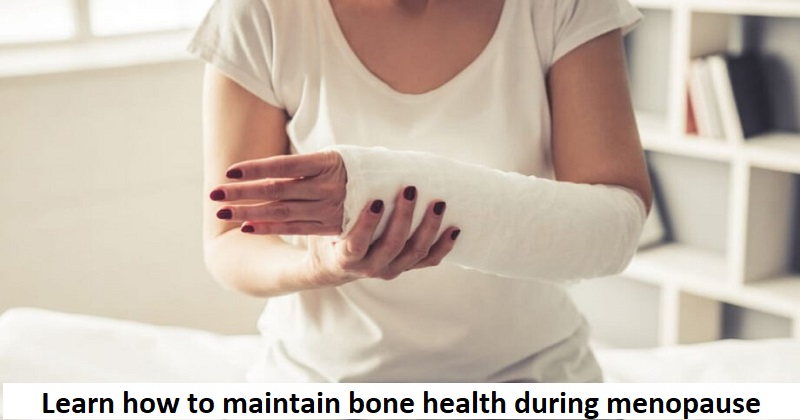
Menopause is a universal phenomenon that affects women everywhere while individual symptoms differ. While some people may be relieved and content that they no longer need to deal with the pain and special care associated with menstruation, others may have hot flashes, sleeplessness, mood swings, and hormonal imbalance as a result of menopause. Sometimes a woman’s bone and cardiovascular health are affected by menopause.
The International Osteoporosis Foundation’s statistics indicate that one in three women over 60 will experience at least one fracture caused by osteoporosis. During perimenopause, a woman’s body starts to react to her environment differently. They become considerably more susceptible and are far more likely to acquire illnesses like osteoporosis, arthritis, and joint pain throughout the postmenopausal stage. A postmenopausal drop in oestrogen production is the root reason. A woman’s ovaries produce a hormone that is essential to determining the state of her bones.
The peak bone mass in a woman’s body occurs between the ages of 25 and 30. During this stage, her skeleton stops growing, becoming the densest and most robust component of her body. A woman’s risk of later developing bone thinning, commonly known as osteopenia or osteoporosis, and related consequences increases if her peak bone health is below what is considered ideal. Research has shown that osteoporosis can result in up to 20% of bone loss throughout these periods and affects around 1 in 10 women over the age of 60 worldwide.
Increased bone and muscle pain risks are brought on by the thinning and fragility of the bones. Joint discomfort that can impact the knees, shoulders, neck, elbows, and other joints in the body can also result from low bone density. A genetically inherited faulty gene may respond to the body’s metabolism of oestrogen to induce menopausal arthritis. Following menopause, primary osteoporosis has a comparatively high risk of occurrence. In essence, the bone becomes less solid and hollow as a result. Osteoporosis makes bones brittler and increases the risk of fragility fractures, which are fractures that cause little to no harm. The hip, wrist, and spine are common sites for this to happen.
Perimenopausal osteoporosis and the associated muscle wasting (sarcopenia) can have a detrimental effect on a person’s day-to-day activities by limiting basic movement, producing persistent physical pain, and raising their risk of accidents.
Perimenopausal osteoporosis should be recognised and treated right once to prevent complications. There are simple, inexpensive drugs that may be used to address the problem. Since the bones also start to lose minerals and vitamins, it is important to maintain a healthy daily intake of these elements. At least 1300 mg of calcium should be consumed each day. You may achieve this aim by consuming a variety of dairy products, soy, almonds, tofu, green leafy vegetables, and meats. When paired with calcium intake and the body’s ability to absorb it, maintaining optimum vitamin D levels help achieve optimal bone health. The simplest ways to do this are through dietary supplements and daily exposure to early morning sunshine.
Remind yourself to move, even if you are holding weights. Regular resistance exercise is the greatest way to develop strong bones and muscles.
To reduce your chance of bone problems, try cutting down on alcohol usage, giving up smoking, and drinking too much coffee. These are a few changes that women may make to their everyday routines to have less difficult menopausal lifestyles.

Post Your Comments